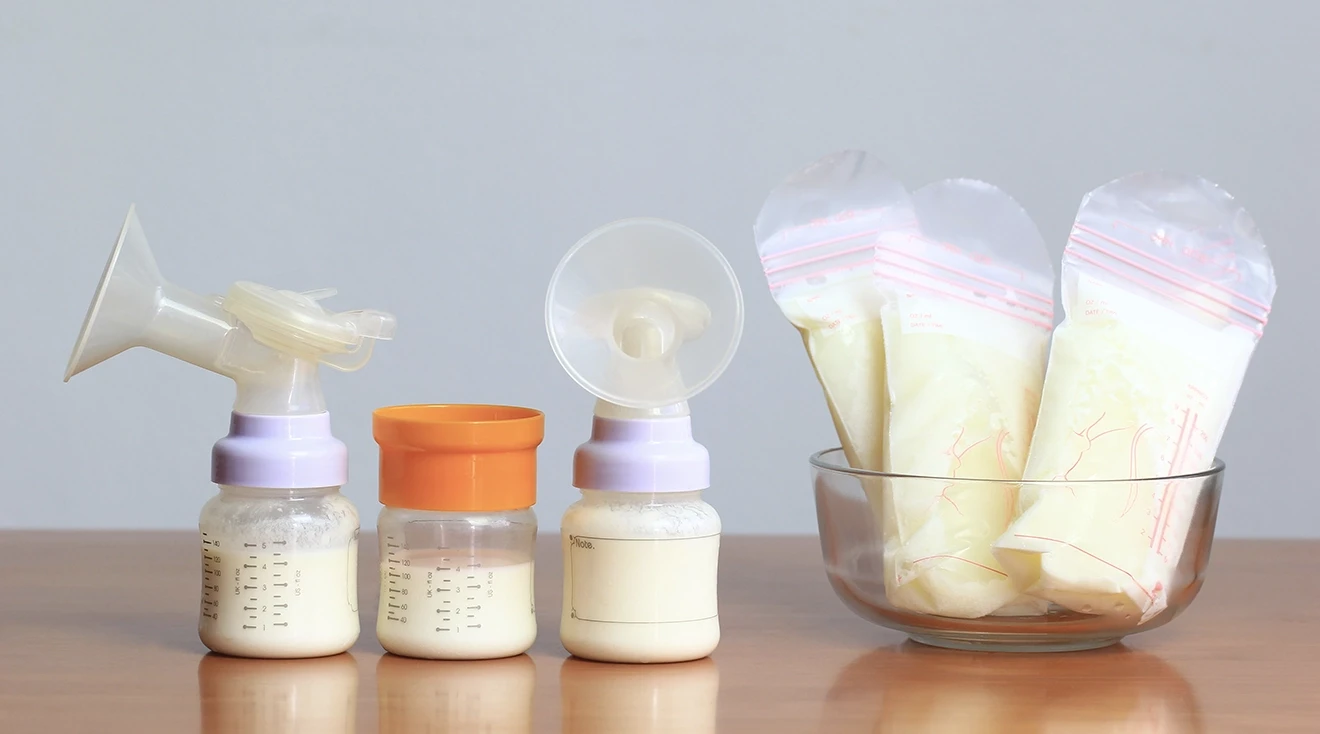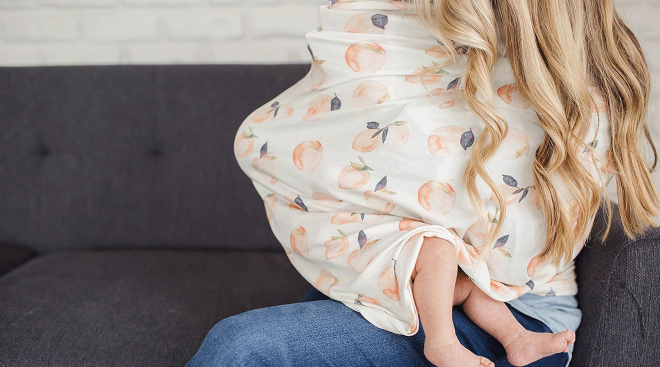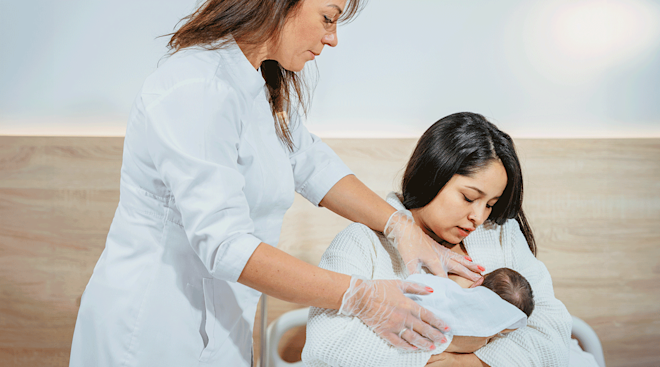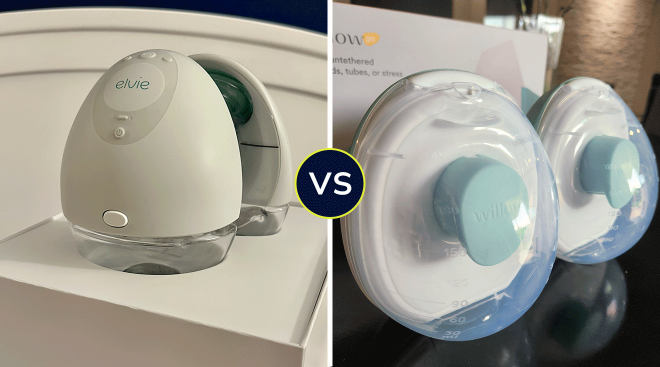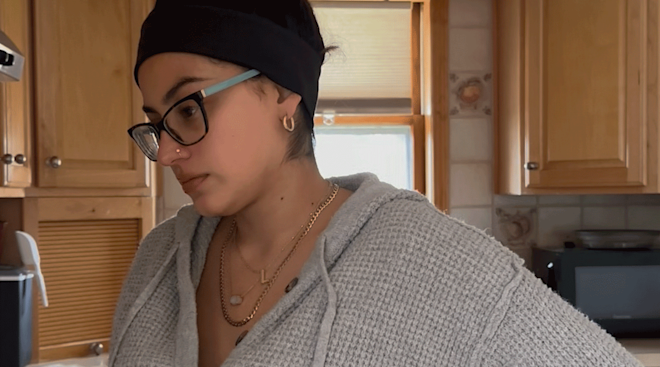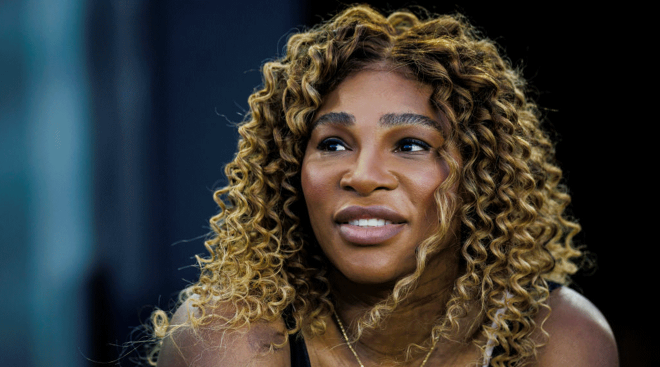Your Complete Guide to Exclusive Pumping
No matter how you decide to feed baby, one thing is for sure: Somebody will feel compelled to share their unsolicited opinion. But the reality is that fed is best, whether that means breastfeeding, formula feeding, combination feeding or exclusively pumping. There are pros and cons for each option, and they all come with weighty considerations.
If you want to give baby breast milk but are unable to nurse (or simply choose not to!), exclusive pumping might be the right option for you. But exactly what does it mean and how does it work? Read on for exclusive pumping tips, schedule ideas and more.
Exclusive pumping is a feeding method that involves only using a breast pump (or hand expression) to get breast milk for bottle-feeding. There are many reasons why moms might choose to pump exclusively. It can be because of medical necessity or personal preference. For some, it’s the best of both worlds: Baby gets the benefits of breast milk, and Mom has the freedom to bottle-feed (and share that responsibility with others!). That said, exclusive pumping can require a lot of time and energy—and it’s far from a convenient solution.
Some moms choose to pump exclusively because it’s better for their schedules. Others do so for medical, physical or mental reasons. Kristen Krahl, CLC, a certified lactation consultant and owner of bemybreastfriend, says there are a multitude of reasons for choosing to exclusively pump. The most common include:
- Baby can’t properly latch onto the breast for nursing
- Inverted nipples that make breastfeeding difficult and painful
- Baby has a poor suck reflex
- Baby has weight issues or was born premature
- Mom has to return to work away from baby
- Breastfeeding has proven uncomfortable or painful
- Desire to provide breast milk without being on demand to feed
Ashley Derderian Sousa, RN, IBCLC, a registered nurse, lactation consultant and founder of the educational platform Mothers Haven, adds that moms of multiples often turn to exclusive pumping as a more controllable means of feeding two or more babies.
Regardless of the reason for choosing exclusive pumping, what’s most important is that baby is eating and gaining weight. Everything else is secondary!
For some, exclusively pumping can feel like a chore. For others, it’s a ticket to freedom. However you feel about it, this method has many benefits, including:
- Flexibility. It can be stressful to feel attached to baby at all times. Exclusive pumping allows you to have some space and privacy while still providing all the nutrition baby needs. It’s not a break per se (pumping is hard work, after all), but it can be liberating. “I enjoyed being able to get away, whether that be a hair appointment or overnighter with friends,” says Krahl. In short, the flexibility it provides can be a game-changer.
- Share feeding responsibility. The same way that formula allows others to participate in the process, exclusive pumping enables a partner or caregiver to take turns bottle-feeding baby, while still providing the health benefits of breast milk.
- Measured feeding amounts. Breastfeeding can be a guessing game; you never really know how much baby is getting. But with exclusive pumping, Krahl says you can see exactly the amount baby is eating at every meal. This is especially helpful if baby has feeding or weight-gain issues.
- Improved milk production. Krahl adds that, for some moms, exclusively pumping can increase the amount of breast milk they produce. This can help you build a breast milks stash for use later on. Of course, some moms prefer to donate their extra breast milk to others in need. Either way, you can feel good knowing you’re making what’s needed (and then some!).
So you’ve decided that exclusive pumping is for you—or maybe you don’t have another choice right now. Whatever the reason, it’s time to prepare. If you’re feeling overwhelmed, read on for our exclusive pumping tips.
Get started right away
Just like nursing, it’s ideal that you begin the process as soon as possible. If you’ve made the decision to exclusively pump before baby is on the scene, Krahl suggests using hand expression in what she calls the “golden hour”: the first 60 minutes after birth. This will most effectively move your colostrum, the first milk you produce. Moreover, Sousa says there’s some research that suggests that hand expression is more effective than pumping in the first 24 to 48 hours after birth.
Get comfortable
Create a cozy pumping station at your home or workplace. This is where you’ll go to pump most often. Put a bin nearby filled with necessities like snacks, magazines, a full water bottle, a phone charger, etc. “Having a comfortable place to pump will also allow you to relax, and, in turn, maximize your milk output,” says Sousa. “If you’re separated from baby, try smelling a piece of their clothing or watching a video of them. This will allow for more letdown.”
Have a cleaning system in place
If you’re exclusively pumping, you’re going to need to wash and sanitize parts and bottles frequently. Have a system in place so that it doesn’t feel overwhelming every time you need to pump and clean. Sousa recommends investing in extra pump parts too, so you can always have a set at the ready.
Choose the right gear
Get a breast pump that works for your specific situation. Many health insurances cover certain breast pumps, but you may choose to invest in one that’s hands-free or wearable. You can also explore renting a hospital-grade pump. While a double-electric pump can certainly do the trick, some hospital-grade options offer even more power to help you get the job done efficiently. While you’re stocking up on gear, consider a manual pump for quick and convenient on-the-go expression. You’ll also probably need a nifty pumping bra, milk storage bags and a designated cooler if you plan on pumping on the go.
Make sure the flanges fit
If your pump has flanges that suction over your breasts and nipples, make sure they fit securely and comfortably (not too big, not too small). This will ensure pumping sessions stay productive and remain comfortable.
Learn how to use your pump
Regardless of whether you plan on occasionally pumping or exclusively pumping, Sousa recommends that you learn how to use your breast pump before baby is born by watching videos online or reading the manual. “Take your pump out of the package, clean all the parts and pieces and practice putting it together,” she says.
Get professional help as needed
A lactation consultant isn’t just for nursing. They can be a great resource to help you get established with exclusive pumping too, whether you’ve made the choice from the get-go or are transitioning from the breast.
Find a support system
Join an online or in-person support group. “Having the insight of other moms who have been through this journey before and mastered it is such an incredible resource,” says Sousa.
“A schedule is imperative for maintaining milk supply when pumping,” says TaShawna Stokes, MD, a general pediatrician in Lawrenceville, Georgia. Write down your exclusive pumping schedule and monitor how much you’re producing, then tweak the timing and session length as needed. There are also apps that can help you stay on track. Either way, Krahl says that you’ll want to strive for 15- to 25-minute pumping sessions.
Suffice it to say that exclusive pumping comes with a learning curve, and you’ll work out the kinks as you go. In the meantime, you can expect to be attached to your pump throughout the day—at least early on. “Newborn babies eat 8 to 12 times in a 24-hour period,” says Sousa, adding that she recommends pumping every time baby eats. As baby gets older, they’ll consume more milk per feeding but be able to space out the time between feedings. “Following baby’s lead and pumping each time they take a bottle is the best way to ensure your milk supply will maintain,” advises Sousa. That said, Stokes says that if you tend to produce more milk, you’ll be able to spread out the pumping sessions more readily.
No doubt about it, exclusive pumping can be stressful. You want to make sure you always have breast milk at the ready when baby is hungry. But if you’re wondering exactly how much milk you’ll need when exclusively pumping, the answer is, it depends. At first, you won’t need a lot. But as baby gets older and bigger, they’ll need more milk to fill them up.
Sousa explains that at one-week-old, baby’s belly is the size of an apricot; they’ll take in about 1.5 to 2 ounces per feeding. By the one-month mark, their belly will be about the size of a large egg, and baby will drink 2.5 to 5 ounces each feeding (or about 24 to 32 ounces a day). By the time they’re 6 months old, they’ll need about 6 to 8 ounces every four to six hours—so approximately 36 to 48 ounces a day. At this point, they’ll start eating solids and their milk consumption may drop.
Keep in mind that it’s easier to overfeed baby when you’re using a bottle, so look for cues that indicate they’re either hungry or full, and follow suit. All in all, Krahl suggests striving to pump between 19 to 35 ounces daily to keep baby in constant supply. And if you’re able, start freezing milk early on so you never have to stress about your stash.
How to increase milk supply when exclusively pumping
“Milk production is driven by demand,” says Krahl. “When milk is removed, in theory, it’s demanded.” To increase supply, she suggests pumping more often and increasing each pumping session by five minutes or so—at least until you’re sufficiently producing. Hand expression is another way to increase milk supply and help empty your breasts more efficiently.
Stokes says hydrating with water, eating a balanced diet and practicing self-care are all simple but important ways to increase milk supply. You can also try natural supplements like Fenugreek or milk thistle, she says.
Every journey must come to an end at some point. You may feel emotional when it’s time to stop pumping—or you might be relieved. Either way, you’ll want to stop exclusively pumping in a gradual way.
Weaning is the easiest way to slow your milk production. Krahl recommends decreasing the frequency of sessions and pumping a little less each time. Eventually, you can cut out whole sessions. Whatever you do, don’t stop pumping cold turkey, or you could end up with a serious case of engorgement and mastitis.
If you’re trying to introduce the breast after exclusive pumping for a while, realize that it may be a bit of a transition. The goal is for baby to transfer from the bottle to the breast and back again effortlessly. But this is a new skill you’re both learning, so it might not feel so simple, says Krahl. Be patient with yourself and baby.
If you’ve decided to introduce formula, you’ll want to make this a gradual transition too. Baby may have grown accustomed to drinking out of a bottle, but they might be surprised by the new flavor of formula.
Exclusive pumping can be a blessing for some moms and families. But like all feeding methods, it has its benefits and its drawbacks. Try to show yourself grace as you’re learning the ropes. “Give yourself and baby some credit. Life is new, experiences are new and everyone is just trying to find their comfort zone,” says Krahl.
About the experts:
Kristen Krahl, CLC, is a certified lactation consultant and owner of bemybreastfriend.
Ashley Derderian Sousa, RN, IBCLC, is a registered nurse and lactation consultant. She is also the owner and founder of Mothers Haven, a small business and educational platform.
TaShawna Stokes, MD, is a general pediatrician in Lawrenceville, Georgia. She earned her medical degree from the University of South Alabama.
Please note: The Bump and the materials and information it contains are not intended to, and do not constitute, medical or other health advice or diagnosis and should not be used as such. You should always consult with a qualified physician or health professional about your specific circumstances.
Plus, more from The Bump:
Navigate forward to interact with the calendar and select a date. Press the question mark key to get the keyboard shortcuts for changing dates.
































